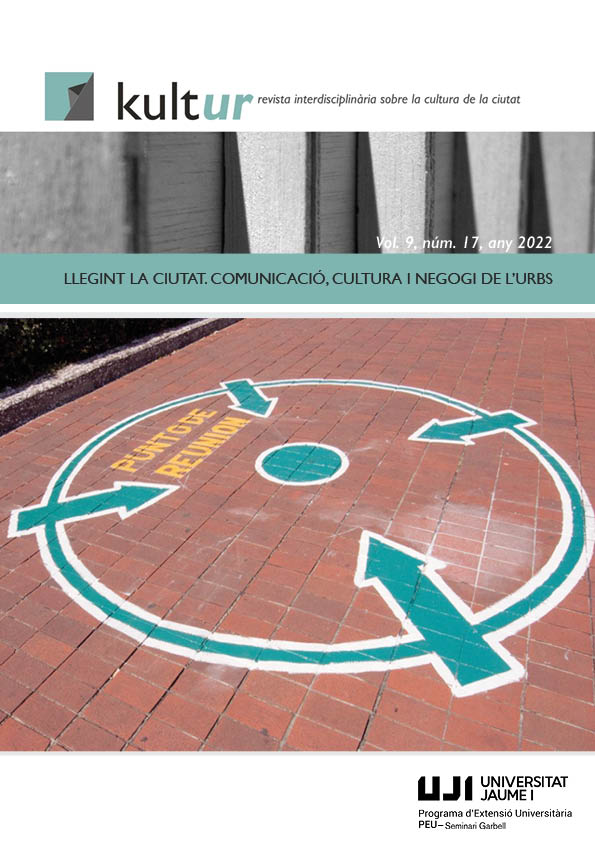The city is a repository of social networks and a web of interests that compete and cooperate and, by doing so, constantly redefine the frameworks, the identities and even the names of the city. Cities create themselves in the tension between the rules of good governance and the demands of people’s lives. City governance, land use and the design of spaces all determine the quality of the resulting ecosystem, the visibility of people, groups and social classes. The symbolic management of the city, the administration of its heritage and the arrangement of its cultural infrastructures open up or close down the field for cultural activism among its inhabitants, for the circulation and contagion of culture, and for the inclusion or segregation of diversity. How urban powers communicate determines how citizens communicate with each other and the distribution of the assets and value generated in the city. Finally, how people are managed and the city’s social policies determine the dynamics of the inevitable social tension, the development of protest movements or citizens’ resistance to the designs of economic power, a power which aspires to free itself from the city and its inhabitants.
In all these ways, the city is a network of communications, a hubbub of discourses debating what is to be done with the city and what the city decides to be, without asking anyone.
If we only read the regulations, the executive orders and plans, if we fail to interpret the subtext of what people do, the amendment to the city development plan that people trample on, the way local communities use and abuse the regulations, pro domo sua, we will not understand the city, where it came from or where it is headed.
Coord. Pepe Reig-Cruañes (jose.reig@uclm.es, Universidad de Castilla La Mancha) i Fran Sanz-Sánchez (OCOVAL, Oficina de Coordinación de las Obras de Valencia, Ayuntamiento de Valencia, sanzfra@gmail.com)
Published: 2022-06-30


